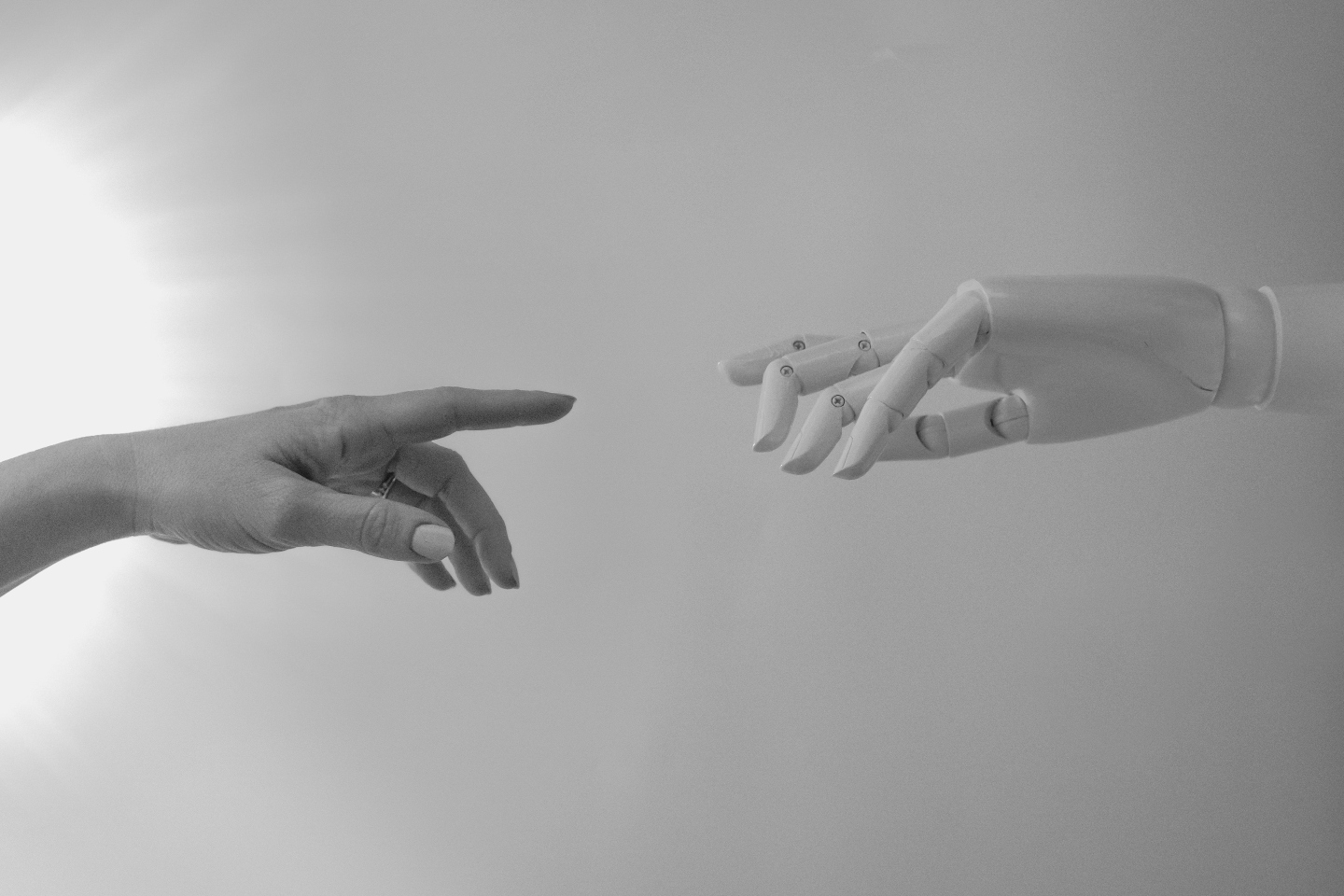
Two big issues have been converging in organizations during the past few years. Since we’ve emerged from the pandemic, managers are focusing on efficiency and productivity in the workplace. This new focus stems from managerial concern about lower productivity. At the same time, more AI technology is moving into the workplace. Will your team members respond by feeling threatened and disengage? Here’s what the experts say.
AI Impact on Efficiency and Productivity in the Workplace
Is there truly a drop in efficiency and productivity in the workplace? Data cited by Vincent Ryan on CFO.com suggests there is. Several factors have contributed to the change in the past few years. Employees have reported evaluating their priorities, and many are no longer convinced that succeeding professionally at all costs is a goal they aim to achieve. Other experts point to the new work-from-home policies, which have been traced by some researchers to a measurable drop in productivity. Employees may expect to work efficiently at home but instead find it tempting to complete errands or pick up coffee, spending more time away from their tasks than they would be if they were working at the office.
Analysts can also encounter challenges when measuring productivity. Ryan points out that “Economists say part of the reason for the recent drop in productivity numbers is the rebound in services sector jobs.” This type of lower-productivity work has surged since the pandemic ended.
Is AI the Solution?
As managers struggle to improve team member productivity, they need to balance the impact of using more technology. Consumers grew accustomed to interacting with more tech-based tools during the pandemic. It was safer and easier to order food online and have the meal delivered than it was to go into a restaurant.
Businesses also ramped up their investment in technology. As they struggle to hire workers, this tech investment will grow. Analysts also say that relying on technology such as AI platforms can help businesses save money because they’ve been under pressure to increase wages.
Your employees, even the ones with low productivity, may be panicking about the threat from AI. They may realize that this iteration of technological change is different. In the past, when automation first began, lower-skilled workers such as secretaries felt the threat to their paychecks. Now, the research of Bryan Seegmiller and Dimitris Papanikolaou shows that “for the people that are really skilled, they have a lot of room to fall.” Radiologists, for example, understand that the reading of x‑rays may soon be done by machines. And computer programmers can see the threat AI poses to their profession.
In our forthcoming AudienceSCAN 2023 survey, we’ve learned that roughly 9% of U.S. adults are concerned that AI will take their jobs within the next 5 years. About the same percentage of U.S. adults who took our survey also reveal that they think AI can do a better job of managing people.
The Path to Renewed Engagement
While increased AI in the workplace holds promise, a new Pew Research poll indicates that around 37% of surveyed experts “are more concerned than excited about the change they expect” as we continue to shift to a more automated future. Managers may not be able to make an impact on a global level, but they can help their team members prepare for change.
Seegmiller believes it’s critical for employees and managers to be “willing to constantly learn and adapt.” Your team members should keep their skills sharp and understand where technology is heading, especially in terms of their profession. Ask your employees to take psychometric assessments and review the results with them. These assessments reveal the type of work they’re naturally good at and the work environments that will best suit them. In that context, you can help them strategize about their long-term career plans. This step can be the first in encouraging them to take responsibility for their productivity and to increasing engagement.
Photo by Tara Winstead on Pexels.
